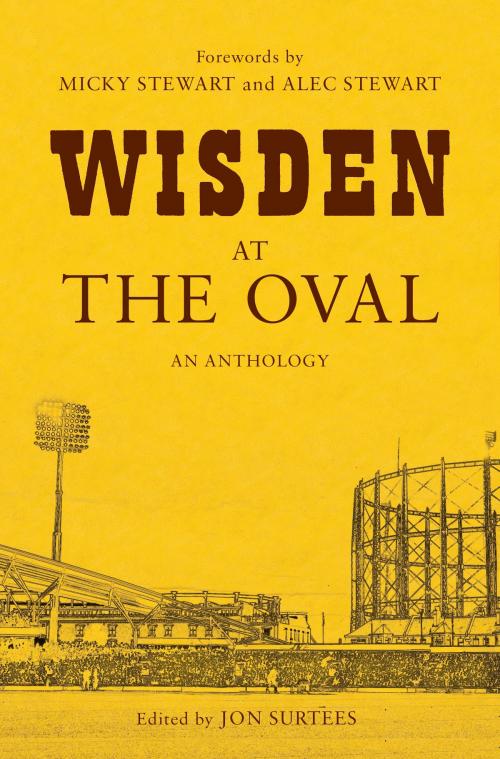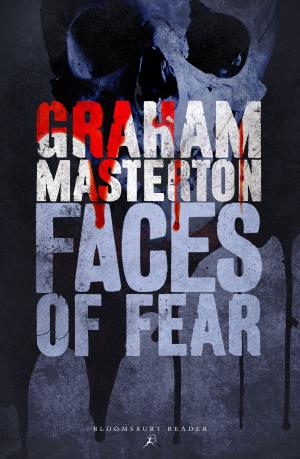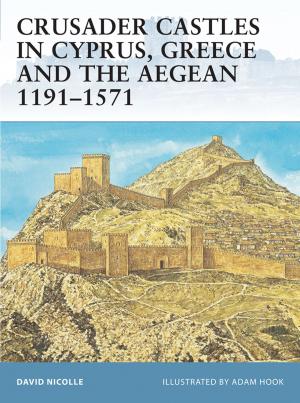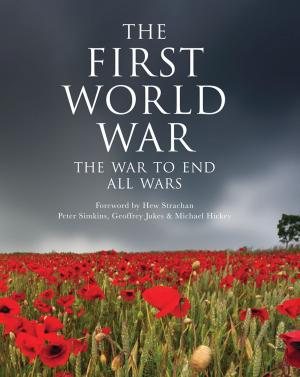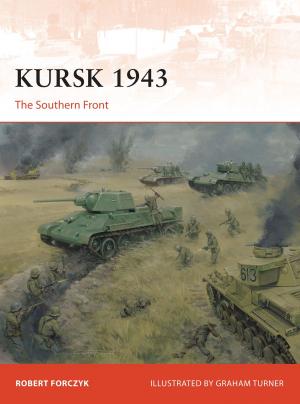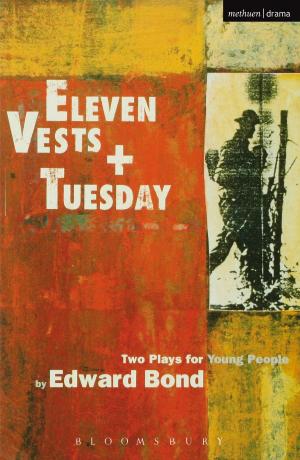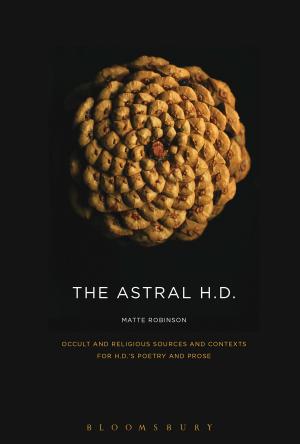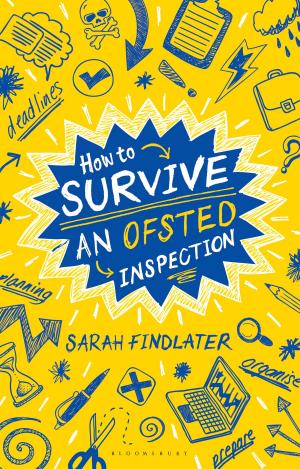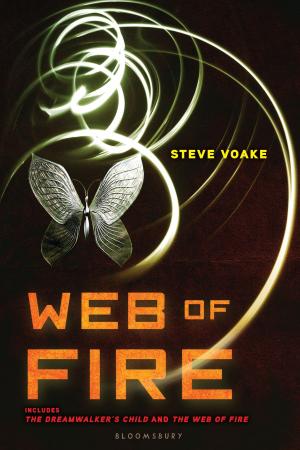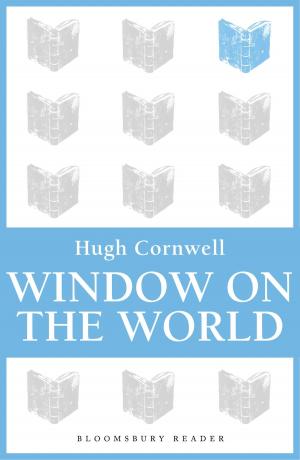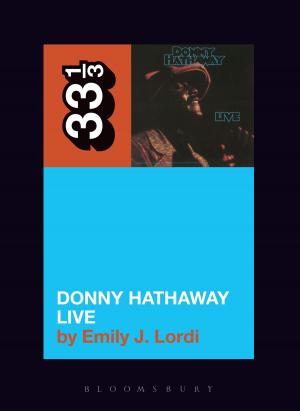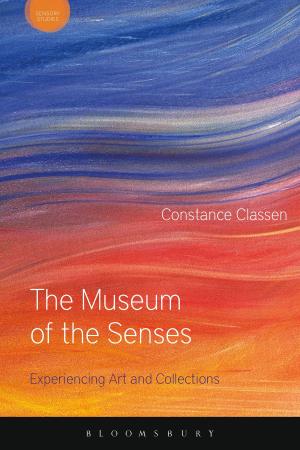| Author: | Jon Surtees | ISBN: | 9781472942647 |
| Publisher: | Bloomsbury Publishing | Publication: | June 1, 2017 |
| Imprint: | Wisden | Language: | English |
| Author: | Jon Surtees |
| ISBN: | 9781472942647 |
| Publisher: | Bloomsbury Publishing |
| Publication: | June 1, 2017 |
| Imprint: | Wisden |
| Language: | English |
The Oval in Kennington, south London – with its instantly recognisable gasholders – is one of sport's most iconic and popular venues. It has played host to an array of blue-ribbon sporting events over the years, including the FA Cup final and rugby's first varsity match. But it is as an iconic cricket venue that it is so widely known and loved.
Since opening in 1845, The Oval has been the home of Surrey County Cricket Club, and these days it traditionally hosts the final Test match of the English season. It was one of the first grounds to stage a Test match (second only to Melbourne's MCG), when it hosted England–Australia in 1880, and its place in sporting history continues as 2017 sees the 100th Test match at the venue. The modern-day history of cricket can be told purely by referencing events that have taken place at The Oval or players that called the ground home.
Wisden at The Oval takes the reader through that rich history, delving into the Almanack's archive, and arguing that more memorable events and moments have happened at The Oval than any other ground in the world. It will showcase the remarkable matches and series: from that first Test match in England and the subsequent birth of the Ashes, to the first ever official County Championship (won by Surrey), the first ever One Day World Cup in 1975, The Oval's key role in the birth of Twenty20 in 2003, and the biggest series of modern times with the 2005 Ashes and three subsequent Ashes victories in the following decade.
It will celebrate the outstanding players and performances, including: Jack Hobbs, who played home games and his final Test at The Oval; Len Hutton's astounding 364* in 1938; Don Bradman's final innings; the iconic performances of Surrey's Jim Laker; Fred Trueman becoming the first player to take 300 Test wickets; the era-defining West Indians of the 70s and 80s who called it a home from home; and all the greats of the game through to today.
The Oval in Kennington, south London – with its instantly recognisable gasholders – is one of sport's most iconic and popular venues. It has played host to an array of blue-ribbon sporting events over the years, including the FA Cup final and rugby's first varsity match. But it is as an iconic cricket venue that it is so widely known and loved.
Since opening in 1845, The Oval has been the home of Surrey County Cricket Club, and these days it traditionally hosts the final Test match of the English season. It was one of the first grounds to stage a Test match (second only to Melbourne's MCG), when it hosted England–Australia in 1880, and its place in sporting history continues as 2017 sees the 100th Test match at the venue. The modern-day history of cricket can be told purely by referencing events that have taken place at The Oval or players that called the ground home.
Wisden at The Oval takes the reader through that rich history, delving into the Almanack's archive, and arguing that more memorable events and moments have happened at The Oval than any other ground in the world. It will showcase the remarkable matches and series: from that first Test match in England and the subsequent birth of the Ashes, to the first ever official County Championship (won by Surrey), the first ever One Day World Cup in 1975, The Oval's key role in the birth of Twenty20 in 2003, and the biggest series of modern times with the 2005 Ashes and three subsequent Ashes victories in the following decade.
It will celebrate the outstanding players and performances, including: Jack Hobbs, who played home games and his final Test at The Oval; Len Hutton's astounding 364* in 1938; Don Bradman's final innings; the iconic performances of Surrey's Jim Laker; Fred Trueman becoming the first player to take 300 Test wickets; the era-defining West Indians of the 70s and 80s who called it a home from home; and all the greats of the game through to today.
